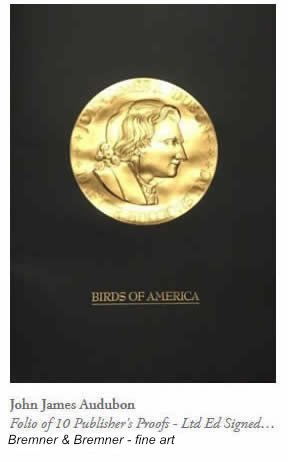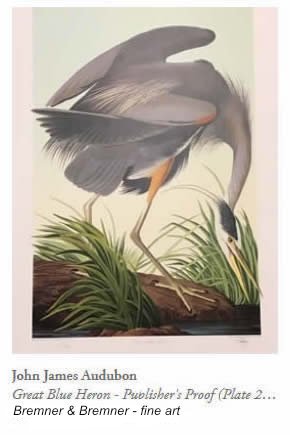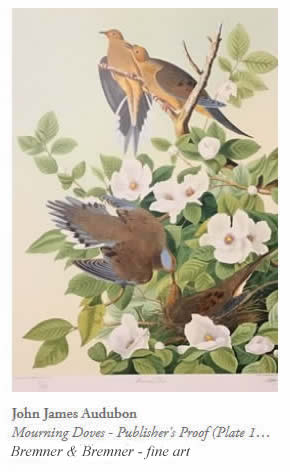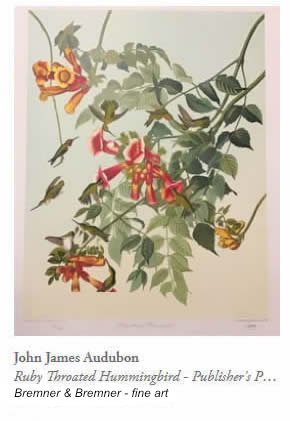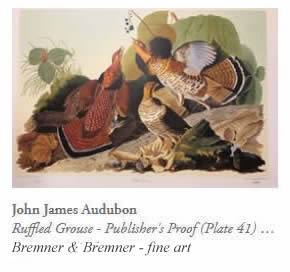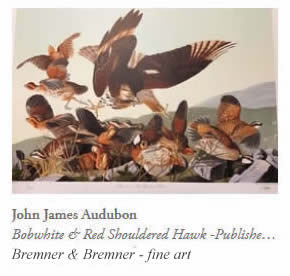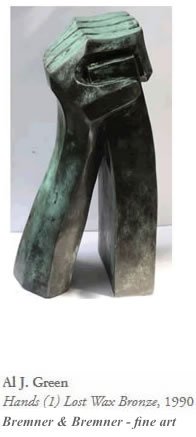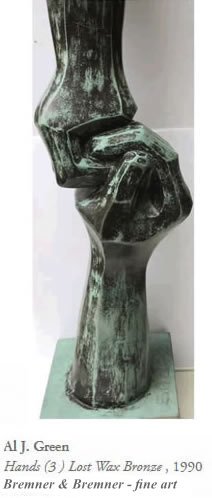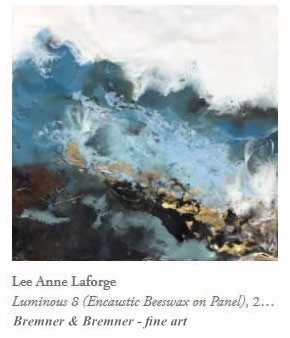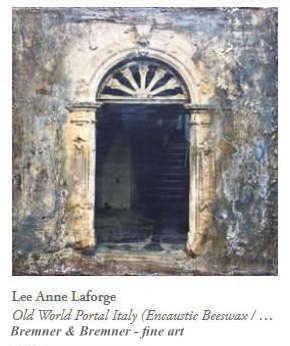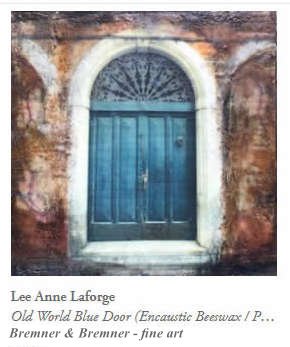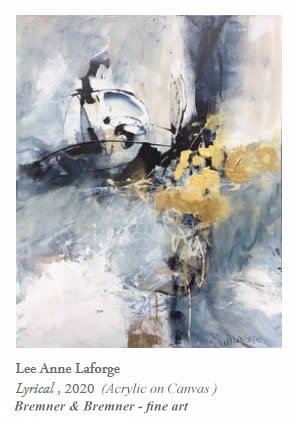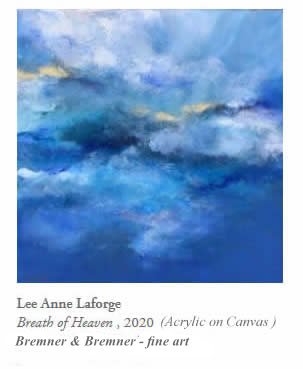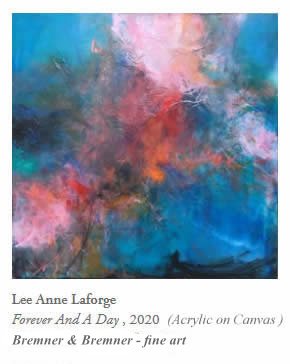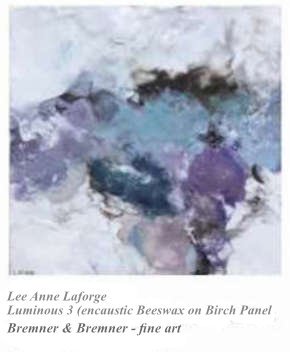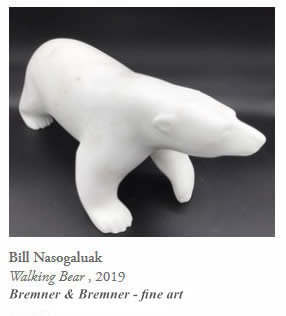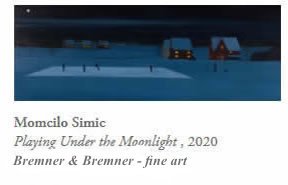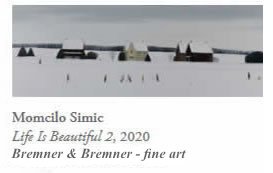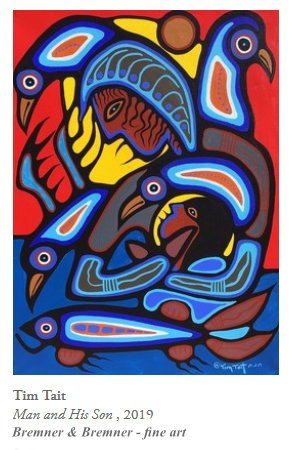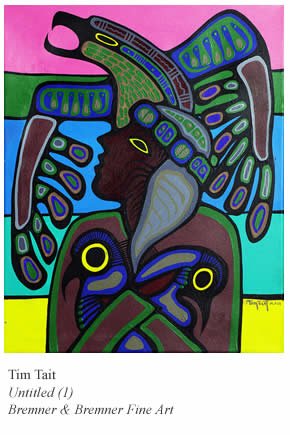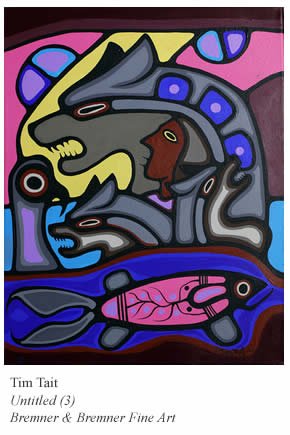Artists Represented by Bremner & Bremner
John James Audubon
American 1785-1851
A.J. Green
Canadian, 1925-2016
Archie Ishulutak
Canadian, born 1951
Lee Anne LaForge
Canadian, born 1949
Bill Nasogaluak
Inuit, born 1953
Momcilo Simic
Canadian, born 1964
Momcilo Simic was born in Yugoslavia in 1964 and is now living in the Kitchener area of Ontario. Momcilo Simic completed his studies at the University of Belgrade where he earned his degree in psychology. He practiced psychology for seven years. Momcilo started to paint during his studies. The connection between psychology on one side and painting on the other goes back to the past in visual arts and has a role in the understanding of a work of art. In Simic’s paintings each object is purposefully put at the exact place in relation to other objects and therefore has it’s own meaning to the viewer. He is self taught and completely devoted to his paintings. At first painting was a hobby but later, through exploration and determination, it became his profession. His paintings were part of several group exhibitions in Belgrade, Rome and Paris. Simic’s works are filled with vibrant reality and are almost exclusively devoted to capturing the inner beauty of still life and the silent depths of landscapes. The colors of his works are harmonious and at the same time graceful and luminous. His works are part of numerous collections in Canada. USA and Europe.
